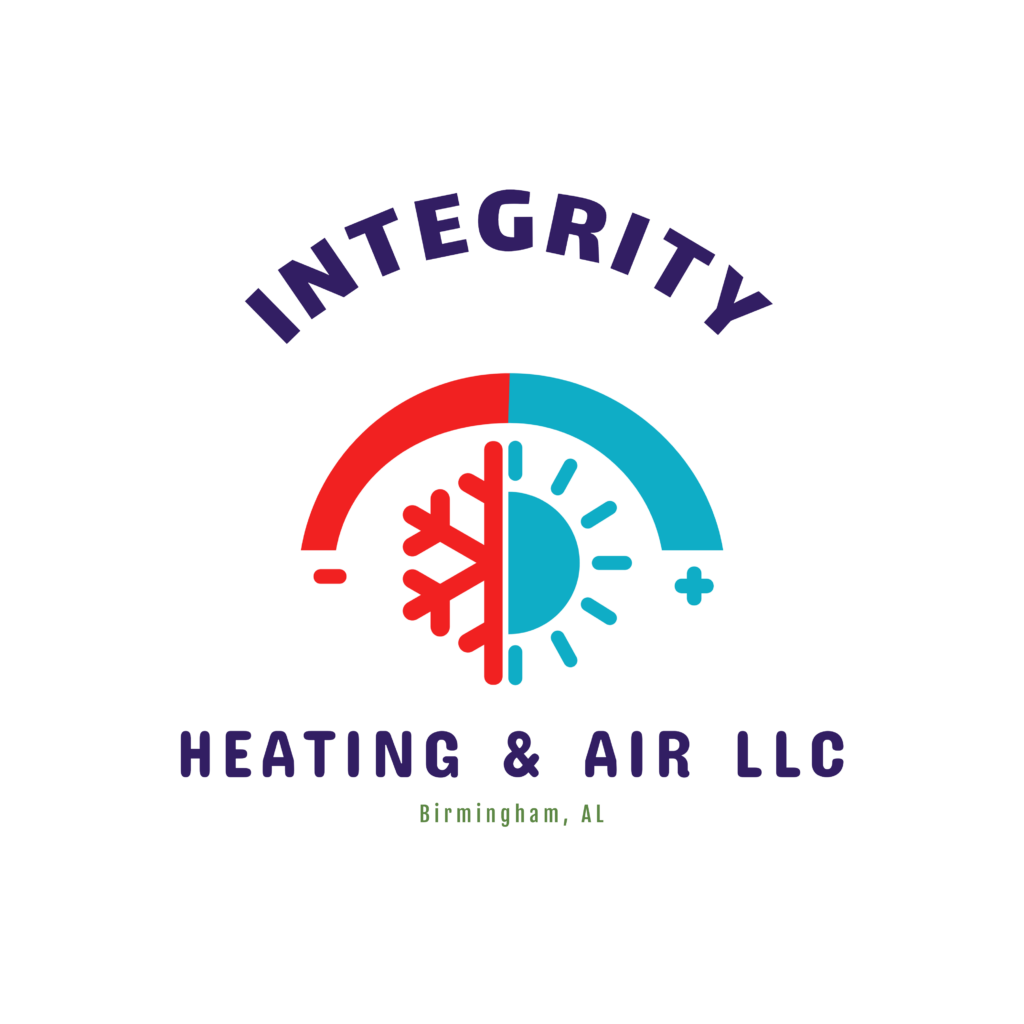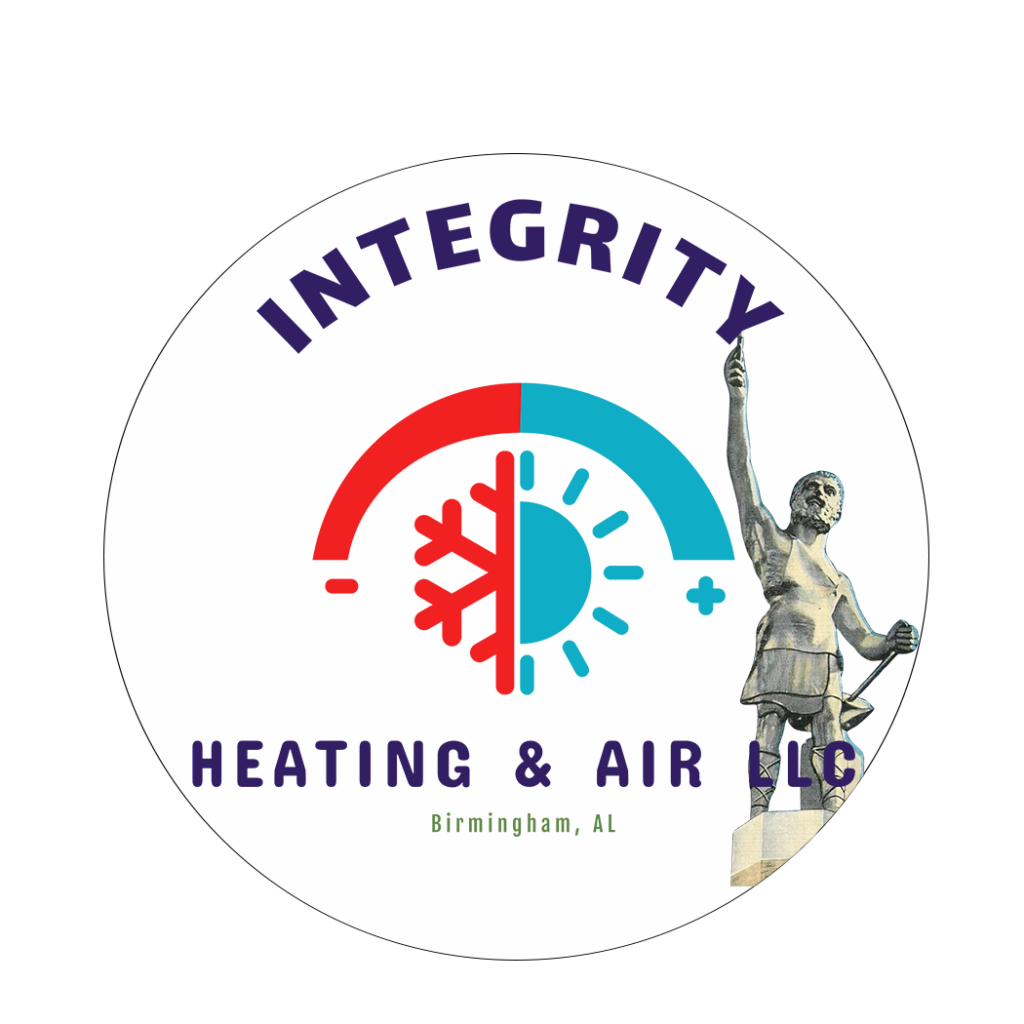Title: Addressing Common HVAC Problems in Restaurants: A Guide for Owners and Managers
As a restaurant owner or manager, ensuring a comfortable dining environment for your customers is crucial for the success of your business. One of the key components in maintaining a pleasant atmosphere is a well-functioning HVAC system. However, like any mechanical system, HVAC units in restaurants are prone to various issues that can disrupt operations and impact the overall dining experience. In this blog post, we will discuss some of the common HVAC problems faced by restaurants and provide tips on how to address them effectively.
1. Poor Air Quality: Restaurants are prone to poor air quality due to the presence of cooking fumes, smoke, and odors. This can lead to unpleasant smells, stuffiness, and even health concerns for both customers and staff. To improve air quality, it is essential to regularly clean and maintain HVAC filters, ductwork, and ventilation systems. Investing in high-quality air filtration systems and scheduling professional duct cleaning services can also help in reducing pollutants and improving indoor air quality.
2. Inconsistent Temperature Control: In a restaurant setting, maintaining consistent temperature levels is crucial for the comfort of diners. HVAC systems that struggle to regulate temperature can result in hot or cold spots, leading to discomfort and dissatisfaction among customers. To address this issue, regularly inspect and calibrate thermostats, check for air leaks in ductwork, and ensure proper airflow throughout the restaurant. Consider installing zoning systems to control temperature levels in different areas of the establishment more effectively.
3. Refrigeration and Freezer Malfunctions: Refrigeration and freezer units are essential for storing perishable food items in restaurants. Malfunctions in these appliances can lead to food spoilage, health code violations, and financial losses. Regular maintenance, such as cleaning coils, checking for leaks, and monitoring temperature settings, is crucial to prevent breakdowns. Additionally, consider investing in temperature monitoring systems that provide real-time alerts in case of fluctuations or failures.
4. Excessive Energy Consumption: HVAC systems account for a significant portion of energy consumption in restaurants. Inefficient units can lead to high utility bills and environmental impact. To reduce energy costs, consider upgrading to energy-efficient HVAC units, scheduling regular tune-ups, and implementing programmable thermostats to optimize energy usage. Proper insulation and sealing of windows and doors can also help in maintaining indoor temperatures without overworking the HVAC system.
5. Unusual Noise or Odors: Strange noises or odors coming from the HVAC system can indicate underlying issues that require immediate attention. Rattling, banging, or grinding sounds may signal loose components or motor problems, while musty or foul odors could indicate mold growth or stagnant water in ductwork. Promptly addressing these issues by scheduling professional inspections and repairs can prevent further damage and ensure the smooth operation of the HVAC system.
In conclusion, proactive maintenance and regular inspections are key to preventing and addressing common HVAC problems in restaurants. By prioritizing the upkeep of HVAC systems, owners and managers can create a comfortable dining environment, ensure food safety, and enhance the overall experience for customers. Investing in professional HVAC services and implementing energy-efficient practices can not only improve operational efficiency but also contribute to cost savings in the long run. Remember, a well-maintained HVAC system is essential for the success of your restaurant business.

